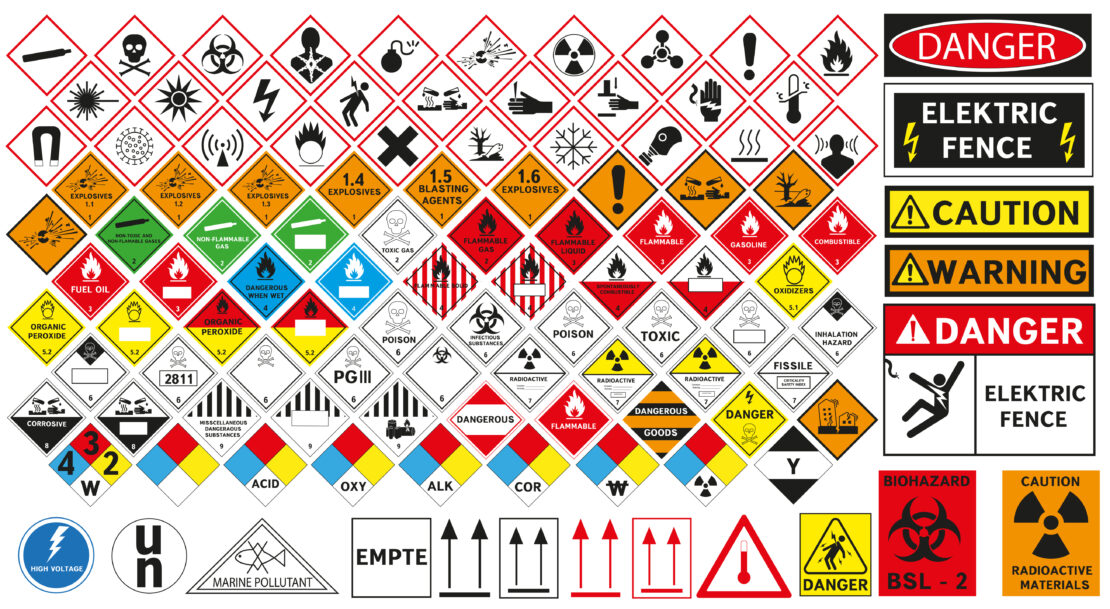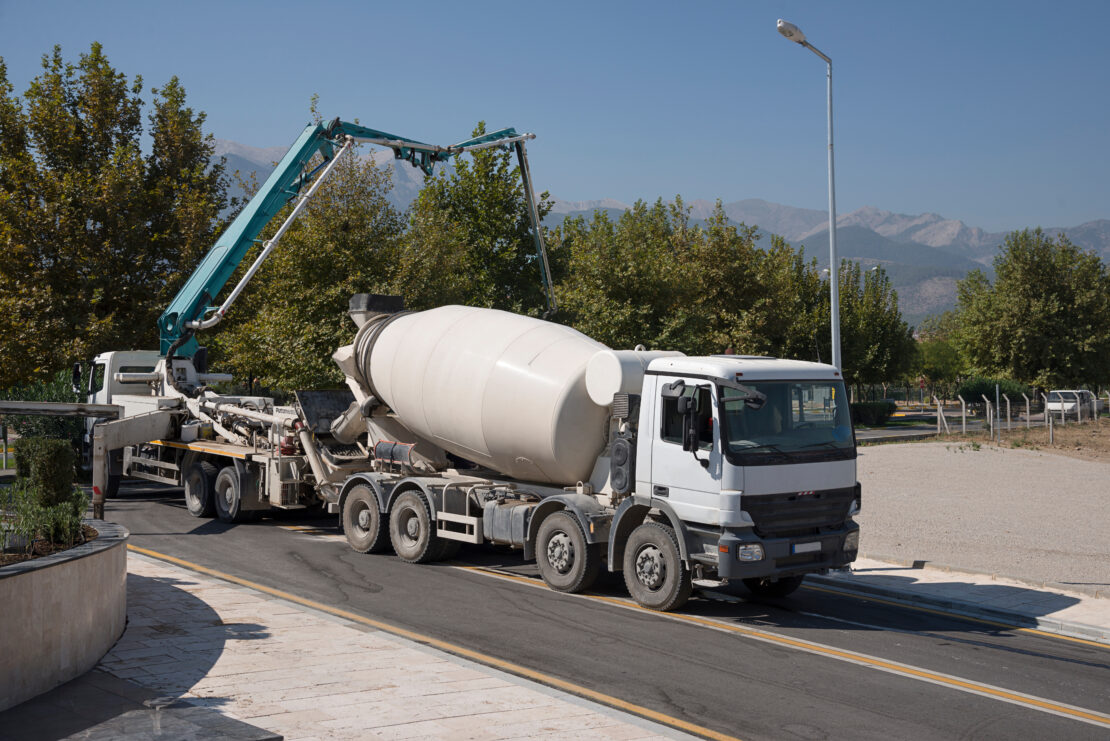
The Demand for CDL Driver Jobs: Trends & Opportunities
According to the United States Bureau of Labor Statistics, jobs within the trucking industry are expected to grow by 4% every year until 2032, resulting in an additional 90,000-plus jobs. Not only is the trucking industry growing, but the Department of Transportation (DoT) has estimated that the volume of freight moving cross-country will increase by 44% by 2045. There’s no doubt that the trucking and transportation industry is getting busier. And, with this inevitable growth, there will be more demand for experienced CDL drivers now and in the future.
Whether you’re a new driver or considering a career as one, you’ve picked the perfect industry to join.
In this blog post, we’ll cover job trends and insights into where the trucking industry may go to help guide you as you start your new career.
Employment Trends
CDL A
While CDL B and CDL C are good licenses to earn, CDL A is the best license to pursue. It’s continually proven to be the most marketable license, as many jobs currently on the market require a CDL A.
A driver with a CDL A can operate commercial vehicles or long-haul trucks, including Class B and Class C vehicles, and often get paid at a higher rate than CDL B or C drivers. Please visit our Benefits of Earning a CDL A blog to learn more about the advantages of earning a CDL A.
Hazmat & Tanker Endorsements

Many employers are also looking for drivers who can drive tankers/tank vehicles and transport hazardous goods, so earning N, H, or X endorsements can open more opportunities for you.
You must have your CDL before you can earn endorsements.
All endorsements require passing a comprehensive knowledge test that covers different areas. For the CDL N, the knowledge test covers proper methods of transporting tankers with flammable liquids and gases, while the CDL H covers all steps and precautions when hauling hazardous waste, which can include liquids, metals, materials, gases, and in some extreme cases, radioactive waste. Finally, the CDL X endorsement is a combination of the N and H endorsement. Once you pass the knowledge test, you can transport hazardous materials and operate tankers.
There is a $5 fee for each endorsement, with the exception of the X endorsement, which is $10.
Please visit Guide to Truck Driver Certifications to learn more about other endorsements you could earn.
Mixer & Haul Trucks

The Infrastructure Investment and Jobs Act (IIJA), enacted on November 15, 2021, launched over 40,000 construction projects across all 50 states. This legislation spurred a dramatic increase in demand for mixers and haul truck drivers.
While most construction mixer trucks require a CDL B, a CDL A will be more than enough of a qualification. While no special endorsement is required, you will need training on loading and unloading when driving construction mixers and haul trucks. Given the congestion common on construction sites, you would be expected to know how to maneuver your vehicle and what to watch out for when delivering loads.
Local Routes/Short-Haul Driving
There has also been a higher-than-usual demand for short-haul drivers or drivers who manage local routes. This surge in demand can be attributed to several factors. First, the growth in e-commerce has increased the need for delivery services as consumers continue to favor online shopping. Companies like Amazon, UPS, and other online retailers are expanding their delivery networks to meet consumer expectations. Additionally, local delivery companies are seeking more drivers to handle the distribution of goods within specific regions or cities.
These driving jobs are ideal for people who prefer to stay close to home. Depending on the type of vehicle you drive, some short-haul jobs may not require CDLs, so it’s the perfect way to get driving experience while you earn your CDL.
TWIC® Card

A TWIC® (Transportation Worker Identification Credential) card is a form of identification issued by the TSA that allows unescorted access to secure areas of maritime facilities and vessels. TWIC® cards are gaining popularity as security measures tighten across various transportation sectors, particularly in maritime environments.
As global trade continues to grow and the emphasis on security increases, having a TWIC® card is becoming more essential for many transportation workers, including truck drivers, who need to access ports and other secure maritime facilities. Holding a TWIC® card can also make you more marketable to potential employers who operate in or near ports.
To earn a TWIC® card, you must complete the online application and agree to a background check. There is no test to take, and the card is valid for five years.
OTR
More commonly referred to as long-haul trucking, over-the-road (OTR) CDL driver jobs involve transporting freight over multiple state lines or across the country. In some cases, it may involve transborder freight, where your truck travels to Canada or Mexico. These CDL opportunities are ideal for those who enjoy the freedom of hitting the open road.
OTR jobs are always in high demand due to several factors:
- Economic Growth: As the economy expands, so does the need to transport goods across long distances. OTR drivers play a crucial role in keeping supply chains moving efficiently.
- Limited Drivers: There is a well-documented shortage of qualified CDL drivers, which increases the demand for those willing to take on OTR jobs. This shortage can lead to better pay and more job security for those who are qualified.
Please visit What You Should Know About OTR Truck Driving to learn more about long-haul trucking.
Industry Insights
If you’re planning a career in trucking, be prepared for future industry changes, which may open even more opportunities for you. Here are a few industry insights we’ve noticed:
- Truck Hailing: The gig economy has grown substantially from Uber to DoorDash. Now, companies like GoShare are creating apps to connect owner-operators or truck drivers that need parcels or freight delivered or to help with something as simple as moving.
- Green Trucking & Other Sustainability Initiatives: Given the rise in environmental sustainability, there is a strong emphasis on environmentally-proofing supply chains. This is giving rise to a whole new set of sustainability initiatives at the corporate, state, and federal levels that push environmentally-conscious supply chains with battery-powered or electric trucks.
- Autonomous Trucking: Despite what many believe, we are still far from self-driving, autonomous, driverless trucks. While there have been some minor advancements, the concept of a driverless truck has many hurdles to clear before public safety concerns are properly addressed. You don’t need to worry about self-driving trucks potentially replacing you.
- Last-Mile Transportation: Most consumers expect quick, reliable, and sometimes same-day deliveries. Last-mile logistics, sometimes called last-mile transportation, is one way to meet these expectations. In last-mile logistics, packages are delivered to a hub near the customer’s location. From that hub, delivery drivers take the packages on the “last mile” of the journey, delivering the goods directly to the consumer’s home. Last-mile logistics opens up multiple opportunities for new drivers, and some may not even require a CDL.
- On-Demand Trucking: Another emerging trend is contract-less CDL driver jobs. Instead of planning to book a truck to come and pick up a load, companies are now simply contacting independent truck drivers to pick up deliveries only as needed.
Interested in a Career in Trucking? Sign Up for Our Program!
As an employee-driven company, TSI is always interested in helping people start a career in the trucking industry. That’s why we invest so heavily in our employees and have created a six-week new driver program to help you get the experience you need to start your transportation career.
Please visit our website to learn more about this program or to sign up.

